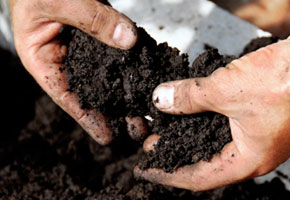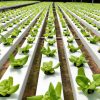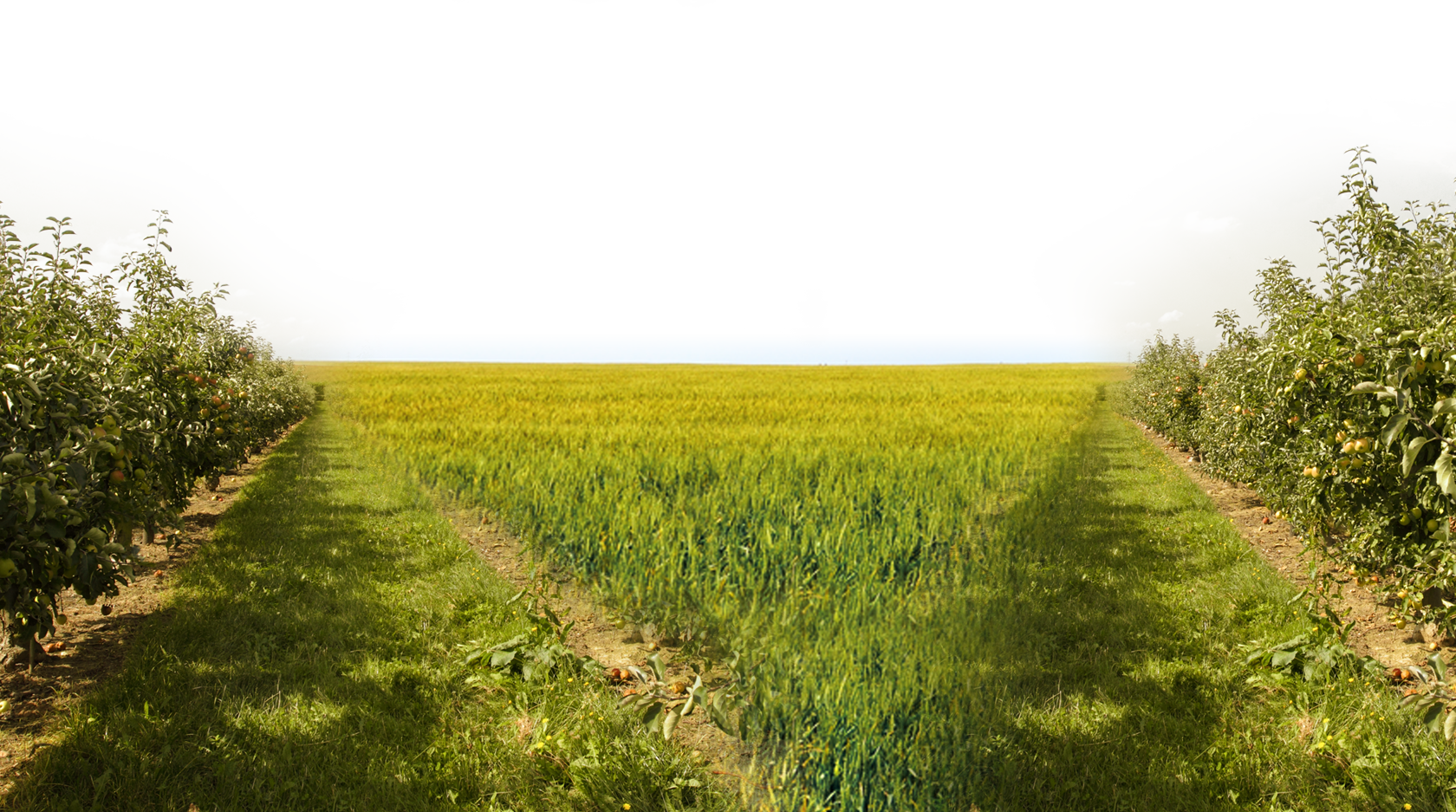
The Real Dirt on Organic Farming
By Dave Carter | 2 Comments | Posted 04/26/2014
The secret to organic food really isn’t a mystery. In fact, it’s right beneath our feet.
It’s the dirt. Or, as organic farmers call it: Soil.
Much of conventional agriculture today focuses on the concept of maximum yield. The idea is to generate the most bushels of corn…or wheat…or soybeans…or whatever during the annual growing season. In the years since the end of World War II, the art of growing more has focused on delivering the maximum amount of nutrients directly to the roots of the growing plants so that those plants will in turn deliver maximum yields.
But these chemical fertilizers, along with synthetic pesticides injected into the ground, killed much of the living matter in the soil. Earthworms, microbes and other living matter weren’t considered important as long as the chemical fertilizer fed the plants.
And soil erosion, along with chemical runoff, have become ever-increasing problems.
Organic farmers look at the world—and at dirt—a little differently. The focus in organic agriculture is to build the soil. Removing the synthetic fertilizers and bringing back compost, and soil building plants like alfalfa help restore life to the soil. Earthworms turn the decaying organic matter into nutrients that feed the roots of the plants, while their burrowing action helps create passageways for those roots to spread. The tiny microbes also provide the plants with important nutrients.
Healthy soil is the cornerstone of growing healthy food in organic farming. And, healthy soil resists wind erosion, and stores moisture that plants need when droughts occur. That’s the real dirt on organic farming.


 Contact us
Contact us




























2 Responses to The Real Dirt on Organic Farming